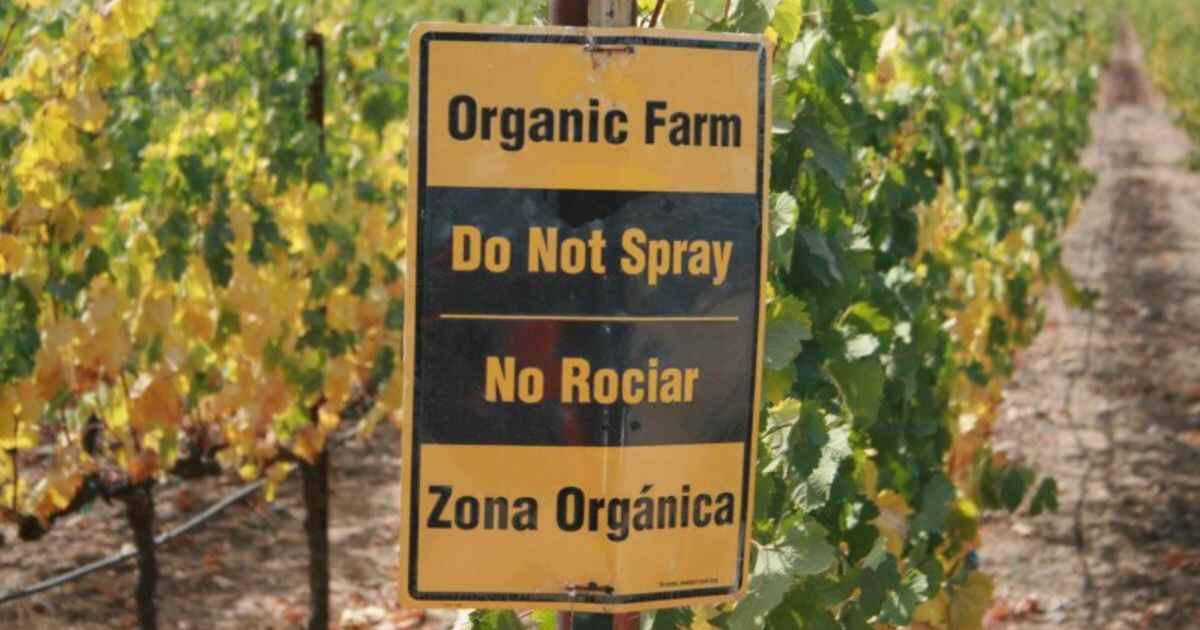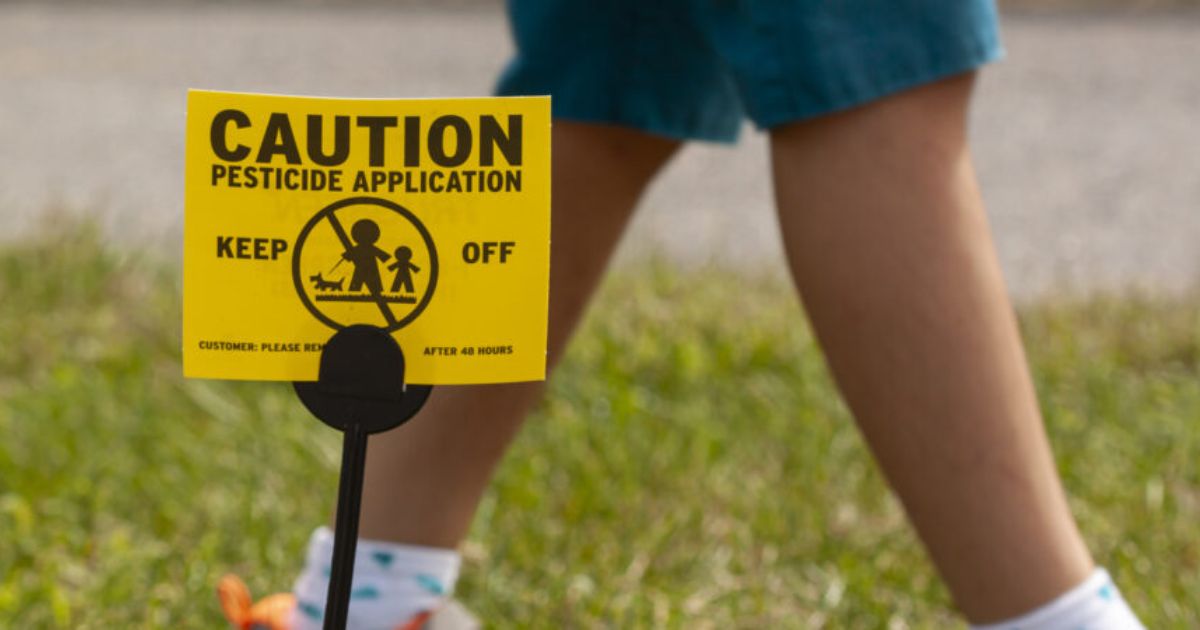Imagine biting into a juicy apple, only to wonder: Is this truly safe, or could it contain hidden chemicals? In today’s health-conscious world, the allure of “good news” products—those marketed as organic, eco-friendly, and pesticide-free—has never been stronger. But does good news have pesticides? This article dives deep into the reality behind clean living claims, helping you make informed choices for your health and the environment.
What Is “Good News” in the Context of Food and Health?
“Good news” in food and health refers to positive developments or discoveries that enhance well-being. This could include breakthroughs in nutrition, such as finding that certain foods can lower the risk of chronic diseases, or innovations in sustainable food production that promote environmental health.
Additionally, it might involve the creation of healthier food options that are accessible and affordable, helping people make better dietary choices. Ultimately, “good news” in this context improves both individual health and broader public wellness.
Understanding “Good News”
When you hear “good news” in the realm of food and health, it often refers to products that promise enhanced safety, superior health benefits, and environmental sustainability. Organic produce, non-GMO products, eco-friendly brands, and natural food options are common examples. These products are marketed to appeal to consumers seeking healthier lifestyles and a reduced ecological footprint.
Why People Trust “Good News” Products
People gravitate towards “good news” products for several reasons:
- Perception of Safety and Health Benefits: The belief that organic equals pesticide-free is widespread. Consumers associate these products with better health and fewer chemical exposures.
- Environmental Impact: Choosing eco-friendly and sustainable products is seen as a way to support the planet, reduce carbon footprints, and promote sustainable farming practices.
Potential Misconceptions
However, not everything that glitters is gold. There are common misconceptions that need addressing:
- The Fine Print: Just because something is labeled as “organic” or “natural” doesn’t always guarantee it’s entirely free from pesticides.
- Legal Definitions: Certifications like USDA Organic have specific standards, but they allow certain natural pesticides. Understanding these definitions is crucial for making informed choices.
Do Organic and “Good News” Products Contain Pesticides?

Organic and “Good News” products are often perceived as free from pesticides. However, organic farming does allow the use of certain natural pesticides, which are derived from natural sources like plants and minerals. These are considered less harmful than synthetic ones used in conventional farming.
Despite this, trace amounts of pesticides can still be found in organic products due to environmental factors like soil contamination or pesticide drift from nearby conventional farms. Therefore, while organic products typically have lower pesticide levels, they aren’t entirely pesticide-free.
Read This Post: Fashion Evolution: From Function to Expression
Understanding Organic Standards
USDA Organic Certification sets the benchmark for organic farming in the United States. But what does it really mean?
- Allowed Substances: Organic farming permits the use of certain natural pesticides. These substances are typically derived from natural sources and are considered less harmful than synthetic alternatives.
- Certification Requirements: To earn organic certification, farms must adhere to strict guidelines, including soil management, pest control, and prohibiting synthetic fertilizers and genetically modified organisms (GMOs).
The Reality of Pesticide Use in Organic Farming
Even though organic farming restricts synthetic pesticides, pesticides are still used:
- Natural Pesticides: Examples include neem oil, pyrethrin, and copper sulfate. While these are natural, they can still have environmental and health impacts.
- Cross-Contamination Risks: Organic farms can be inadvertently affected by pesticide drift from nearby conventional farms, leading to trace pesticide residues in organic produce.
Studies and Evidence
Research provides mixed insights into pesticide levels in organic versus conventional products:
| Study | Findings |
| Harvard Study (2012) | Organic produce had significantly lower pesticide residues compared to conventional counterparts. However, some natural pesticides were present in organic products. |
| Environmental Working Group (EWG) | Consistently found lower pesticide levels in organic produce, supporting the notion that organic is generally safer. |
| European Food Safety Authority (EFSA) | Confirmed that while organic foods have fewer pesticide residues, they are not entirely free from them due to allowed natural pesticides. |
Overall, while organic products typically have fewer pesticide residues, they are not completely pesticide-free.
How to Ensure the Safety of Your “Good News” Choices

When making “Good News” choices, it’s essential to prioritize safety by verifying the credibility of the source. Always cross-check the information with trusted news outlets and official statements to avoid spreading misinformation. Additionally, be cautious about the platform you use; ensure it’s secure and reliable.
Furthermore, consider the impact of the news you share. Avoid sensationalism and ensure that the information is both accurate and helpful. By doing so, you contribute to a safer and more informed community.
Reading Labels Carefully
Understanding product labels is key to making safe choices:
- Understanding Certifications: Labels like USDA Organic, Non-GMO Project Verified, and Certified Naturally Grown provide insights into farming practices and pesticide use.
- Look Beyond the Label: Research brands and their farming practices rather than relying solely on marketing claims. Transparency is crucial.
Best Practices for Consumers
Adopting these practices can help minimize pesticide exposure:
- Washing Produce: Thoroughly washing fruits and vegetables can reduce pesticide residues. Techniques include soaking in a vinegar solution or using produce washes.
- Prioritizing Purchases: Focus on buying organic for items listed in the “Dirty Dozen”—a list published annually by the EWG highlighting produce with the highest pesticide residues.
Dirty Dozen 2024:- Strawberries
- Spinach
- Kale
- Nectarines
- Apples
- Grapes
- Cherries
- Peaches
- Pears
- Bell Peppers
- Celery
- Tomatoes
- Supporting Local Farms: Buying from local, certified organic farms allows you to know exactly how your food is grown and reduces the risk of cross-contamination.
DIY Solutions
For those inclined to take matters into their own hands:
- Grow Your Own: Starting a small organic garden at home ensures complete control over pesticide use. It’s also a rewarding way to ensure fresh, pesticide-free produce.
- Natural Alternatives: Homemade pest repellents, such as garlic spray or neem oil solutions, can protect your garden without harmful chemicals.
The Bigger Picture: Pesticides, Health, and the Environment
“The Bigger Picture: Pesticides, Health, and the Environment” explores the complex relationship between pesticide use and its impact on human health and ecosystems. While pesticides are essential for managing crop pests and ensuring food security, their overuse can lead to adverse health effects, such as respiratory issues and neurological disorders.
Furthermore, pesticides can harm biodiversity, contaminating soil, water, and non-target species. The book advocates for sustainable practices and stricter regulations to balance agricultural needs with environmental and public health concerns.
Health Implications of Pesticides
Exposure to pesticides can have both short-term and long-term health effects:
- Short-Term Effects: Immediate reactions can include skin irritation, headaches, nausea, and respiratory issues.
- Long-Term Risks: Chronic exposure has been linked to serious health issues like cancer, neurological disorders, and hormone disruption.
Environmental Concerns
Pesticides don’t just affect human health—they have broader environmental impacts:
- Impact on Ecosystems: Pesticides can harm wildlife, including beneficial insects like bees, which are crucial for pollination. They also affect soil health and biodiversity.
- Water Contamination: Pesticide runoff can contaminate water sources, affecting both aquatic life and the quality of drinking water.
Ethical Considerations
Choosing “good news” products extends beyond personal health:
- Sustainable Farming: Supporting organic and eco-friendly farming practices promotes sustainability and reduces environmental degradation.
- Social Responsibility: Consumers have the power to demand cleaner, safer products, influencing industry standards and practices.
Conclusion
Does good news have pesticides? The answer is nuanced. While organic and “good news” products generally contain fewer pesticide residues than conventional options, they are not entirely pesticide-free. Understanding the intricacies of organic standards and being vigilant about product choices are essential for maximizing the benefits of clean living.

